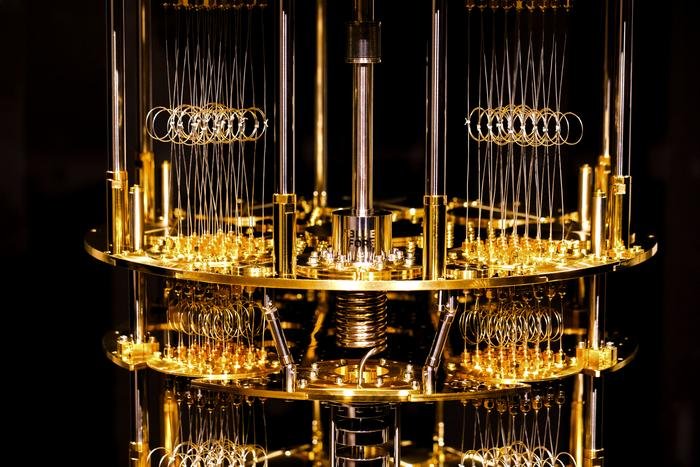Physicists embarking on a hunt for proof of theoretical particles known as axions are preparing to go into a deep underground laboratory for the next six years.
Part of the DarkQuantum effort, which recently received a €12.9 million grant from the European Research Council to conduct the search, the research team hopes to find evidence that dark matter is actually made up of previously undetectable axions.
If successful, the discovery would solve the longstanding mystery around dark matter and dark energy that has haunted physicists for decades, an accomplishment the researchers involved believe could rival the discovery of the elusive Higgs boson in 2010.
Deep Underground Laboratory a Perfect Environment to Hunt for Axions
Deep under the mountains spanning the border between Spain and France, the Canfranc Underground Laboratory is the perfect place to search for axions. That’s because the natural rock layers above the lab help protect the ultra-sensitive equipment the team will employ to hunt for the elusive particle from cosmic radiation and other forms of electromagnetic interference.
Previous efforts to find axions have explicitly failed because of the difficulty separating the “signal” from the “noise.” In fact, the equipment and methods used by previous research teams have often been the cause of such noise, something The Debrief previously reported on, making the actual sensors and equipment just as important as the deep underground laboratory itself. For the researchers from Aalto University and the University of Zaragosa who will undertake the hunt, a well-shielded location is critical for their new sensors to work.
“Our high-frequency sensor will be 10-100 times more sensitive than previous iterations, and it will be able to scan on the scale of a few microelectron volts,” explained Sorin Paraoanu, Aalto University Senior Lecturer, Docent, and the team leader on the research effort. Paranou also says that their specially designed sensor will take advantage of brand new techniques in quantum physics by using superconducting qubits, which are “the same qubits used in quantum computers.”
However, the researcher says their superconducting qubits will “serve in a different role” as detectors on this sensor, called a haloscope, allowing the team to “probe the depths of the galactic halo” for signs of axions.
“The theory suggests that, in an ultra-cold environment, we can introduce a magnetic field that will cause any axions present to decay into photons,” the professor explains. “If we detect any photons in the cavity, then we can conclude that axions are present in the system and that they do indeed exist.”
Potentially Historic Discovery Could Rival Confirmation of the Higgs Boson
While many possible explanations have been proposed for what makes up dark matter, something physicists know exists because of its gravitational effects but have never been able to observe directly, none have yet been proven. Nonetheless, the researchers on the team think that if dark matter is indeed made up of these theoretical axions, their ultra-sensitive equipment, novel quantum methodology, and the remote location of their deep underground laboratory should be just enough to find them.
“The nature of dark matter is one of the biggest mysteries in modern science,” explains University of Zaragoza Professor Igor Garcia Irastorza, who heads the DarkQuantum consortium. ‘If dark matter is made of axions, we have a real chance of detecting it with this project.”
The team says the six-year hunt will be divided into two distinct phases. The first four years, or the “scaling up” phase, will include building, fine-tuning, and ultimately transporting the haloscopes to the underground lab. The final two years, the “experimental phase,” will involve using the sensors to gather data.
“We are peering into a deep, dark pit,” said Paraoanu of the potential significance of their work. “If it exists, the axion goes beyond the standard model of elementary particles,”
“Such an observation would be comparable in significance to the Higgs boson discovery in the early 2010s,” the researcher adds. “But at least with the Higgs boson, they knew where to start looking!”
Christopher Plain is a Science Fiction and Fantasy novelist and Head Science Writer at The Debrief. Follow and connect with him on X, learn about his books at plainfiction.com, or email him directly at christopher@thedebrief.org.

